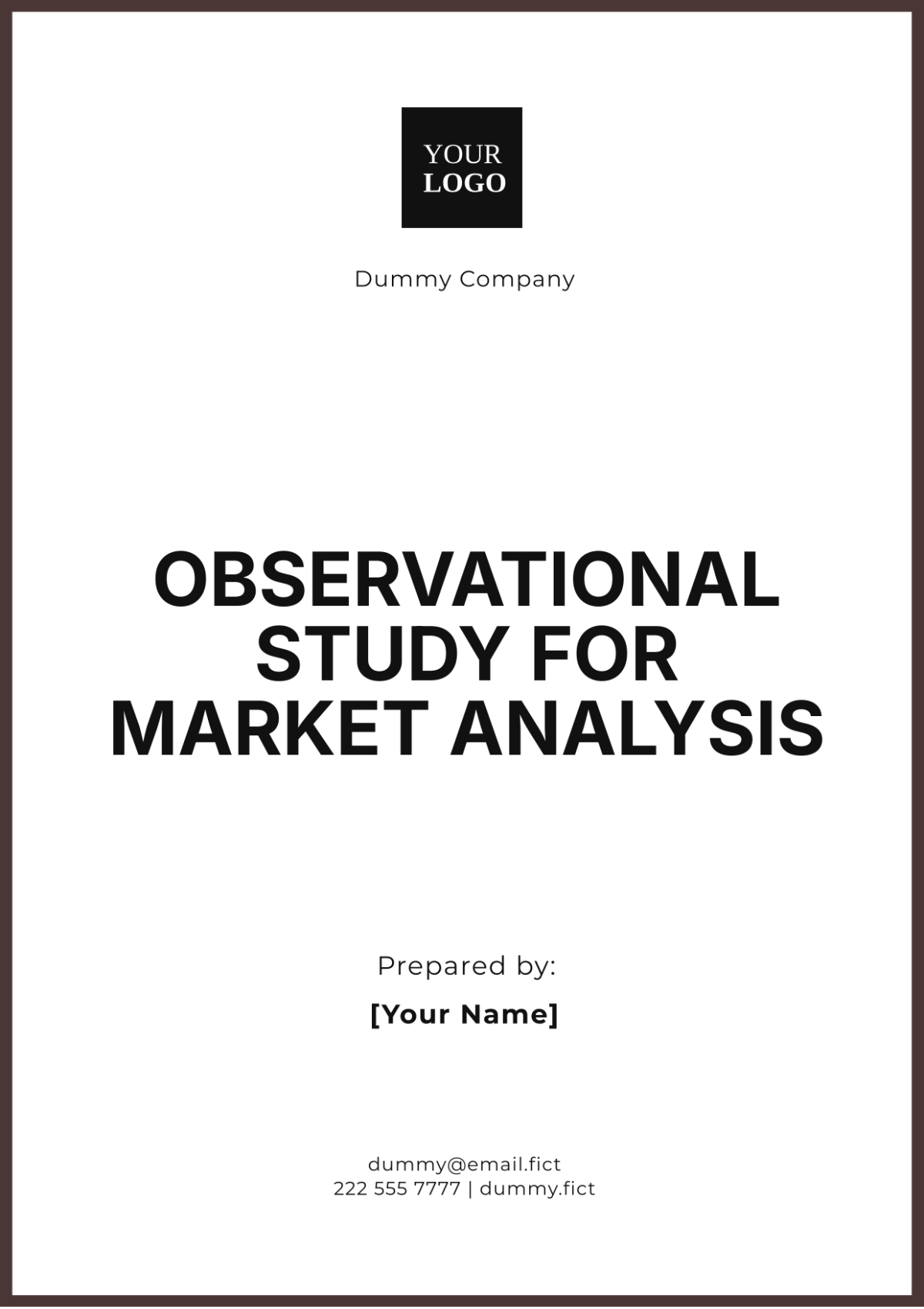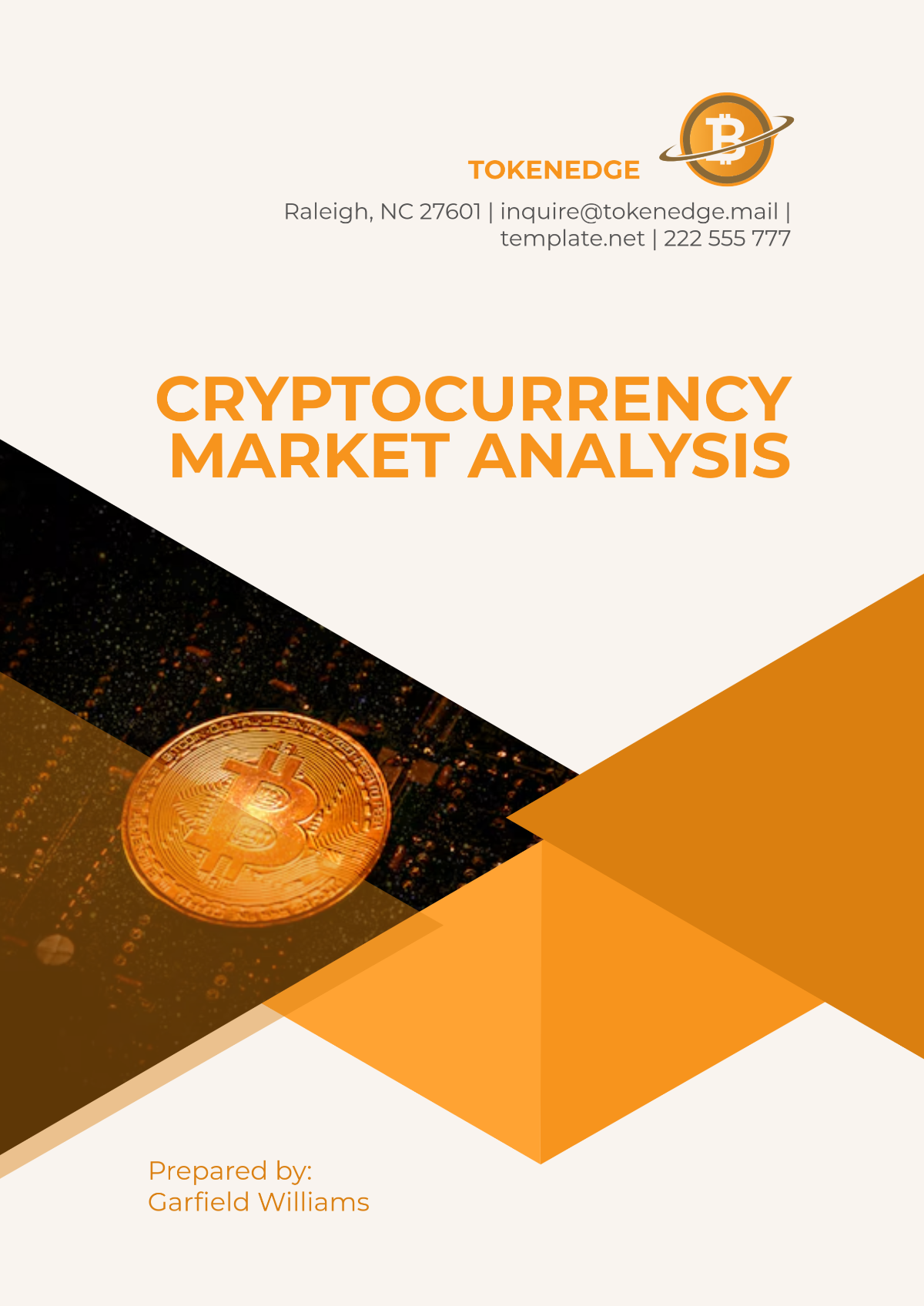Cryptocurrency Market Analysis
I. Executive Summary
A. Overview of the Market Trends
In 2049, the cryptocurrency market experienced significant growth, with the total market capitalization exceeding $[00] trillion. This marked a [00]% increase from 2048, driven primarily by the rise of institutional adoption and improvements in blockchain scalability. Bitcoin and Ethereum remained the dominant players, though emerging altcoins showed impressive growth, particularly in the decentralized finance (DeFi) sector.
B. Key Insights and Predictions
The shift towards fully decentralized finance systems continued, with the introduction of AI-powered decentralized exchanges (DEXs) and smart contracts. We predict that by the end of 2050, the market will see further integration of AI-driven trading algorithms and cross-chain interoperability solutions. Despite potential regulatory challenges, we foresee cryptocurrencies becoming more integrated into the global financial system in the coming decade.
C. Summary of Market Sentiment
Investor sentiment was largely positive in 2049, with the growing recognition of blockchain's potential to revolutionize industries beyond finance. While regulatory concerns remained, the sentiment towards innovative projects, such as those focused on climate change solutions and decentralized data storage, gained substantial traction. Major players like [Competitor A] and [Competitor B] reported record growth due to their diversified portfolios in crypto-assets and blockchain technology.
II. Market Overview
A. Current Market Capitalization
The total cryptocurrency market capitalization as of December 31, 2049, stood at $[00] trillion, up from $[00] trillion at the close of 2048. Bitcoin continued to lead, with a market cap of $[00] trillion, comprising [00]% of the total market. Ethereum followed closely with a market cap of $[00] trillion.
Cryptocurrency | Market Capitalization (in Trillions) | Percentage of Total Market |
|---|---|---|
Bitcoin | 4.2 | 40% |
Ethereum | ||
Solana | ||
Cardano | ||
Other Altcoins |
B. Recent Price Movements
Throughout 2049, Bitcoin saw a steady increase in value, rising from $[00] in January to $[00] by December. Ethereum saw a more volatile year, peaking at $[00] in May before stabilizing at around $[00] by the year’s end. The introduction of Ethereum 3.0 also fueled investor optimism, but competition from other smart contract platforms like Solana and Cardano made the market more diverse.
C. Trading Volume and Liquidity
The daily trading volume for Bitcoin averaged $[00] billion throughout 2049, while Ethereum’s daily volume hovered around $[00] billion. With the rise of decentralized exchanges (DEXs), liquidity across smaller altcoins like Solana and Polkadot also saw significant improvement. The liquidity landscape has evolved as institutional investors increasingly prefer tokenized real-world assets.
III. Fundamental Analysis
A. Market Sentiment and News
Positive developments in blockchain technology, particularly around interoperability and energy efficiency, led to a favorable outlook for crypto-assets. News of partnerships between major crypto projects and large financial institutions further boosted confidence in the market. The adoption of crypto in developing countries continued to accelerate, with governments exploring CBDCs (Central Bank Digital Currencies) in tandem with decentralized alternatives.
B. Key Developments and Innovations
The Ethereum 3.0 upgrade was a landmark event, improving transaction speeds and reducing energy consumption by over [00]%. In addition, the rise of decentralized autonomous organizations (DAOs) allowed for greater community-driven decision-making. Furthermore, the introduction of blockchain-based voting systems attracted both governmental and private sector interest.
C. Regulatory Environment
While global regulations became clearer in 2049, many countries continued to refine their approach to crypto. The United States and the European Union implemented clearer tax reporting guidelines and institutional regulations, which provided increased certainty for investors. However, certain regions like China and India remained hostile to cryptocurrencies, which continued to limit market growth in those regions.
D. Adoption and Use Cases
The adoption of Bitcoin as a hedge against inflation grew, especially in countries with unstable currencies like Venezuela and Zimbabwe. Ethereum saw widespread adoption in the decentralized finance (DeFi) space, with over $[00] trillion in DeFi assets locked across various platforms. Additionally, the NFT market witnessed growth, with art and digital collectibles driving new use cases for blockchain technology.
IV. Technical Analysis
A. Price Charts and Patterns
Bitcoin’s price pattern for 2049 was largely bullish, with minor corrections in mid-summer. Ethereum demonstrated strong upward momentum in the second half of the year after its successful Ethereum 3.0 upgrade. Solana’s price surged in Q4 after the release of new features in its decentralized finance ecosystem.
B. Key Indicators
The Relative Strength Index (RSI) for Bitcoin remained in the neutral to overbought range for most of the year, indicating stable market conditions. Ethereum's MACD showed bullish crossover signals throughout the year, pointing to an overall uptrend. Solana’s moving averages indicated a strong buy signal starting in late November as price surged past $[00].
Cryptocurrency | RSI Value | MACD Signal | 50-Day Moving Average | 200-Day Moving Average |
|---|---|---|---|---|
Bitcoin | 70 | Bullish | $145,000 | $130,000 |
Ethereum | ||||
Solana |
C. Support and Resistance Levels
Bitcoin's key support level for 2049 was $[00], while the resistance level was $[00]. Ethereum found support around $[00], with a strong resistance at $[00]. For altcoins like Solana, the support level was $[00], with resistance at $[00], which was tested several times in Q4.
D. Market Cycles
The market saw a strong bull cycle from January to June, with a brief pullback in July. After the Ethereum 3.0 upgrade, a second bull run occurred from August to December. This cyclical nature shows the typical market behavior and could signal a potential continuation of bullish trends into 2050.
V. Sentiment Analysis
A. Social Media Trends
In 2049, social media activity surrounding Bitcoin and Ethereum remained consistently high. Platforms like Twitter and Telegram saw more in-depth discussions about upcoming upgrades, while Reddit served as a major forum for community-driven events and token launches. Sentiment analysis tools indicated a positive mood throughout the year, despite periodic market corrections.
B. News Sentiment
Crypto-friendly news outlets like [Competitor A] and [Competitor B] reported on major milestones, such as the Ethereum 3.0 upgrade and new institutional investments. Positive sentiment dominated, with growing optimism about the role of cryptocurrencies in the future of global finance. However, news of regulatory crackdowns in certain regions tempered the excitement at times.
C. Community Engagement
The crypto community continued to grow in 2049, with major forums like Bitcointalk seeing increased user engagement. GitHub repositories for projects like Ethereum and Polkadot recorded higher activity, signaling stronger developer interest. Events like Consensus and Blockchain Expo also witnessed higher attendance, further validating the ongoing interest in blockchain technology.
VI. Whale Activity and Market Behavior
A. Whale Movements
Large transactions involving Bitcoin whales continued to dominate the market, with several instances of over $[00] billion worth of BTC being moved. Institutional investors also began entering the altcoin market, particularly Solana and Polkadot, where whales increasingly diversified their holdings. Such movements had a significant influence on market volatility.
B. Market Psychology
Investor behavior showed signs of FOMO (Fear of Missing Out) during the rally in Q2 2049, with social media and crypto forums abuzz about the skyrocketing prices. However, the market saw strong pullbacks in response to regulatory fears and minor market crashes. Traders showed a balanced mixture of optimism and caution, relying more on data-driven strategies.
C. Impact of Speculative Trading
Speculative trading continued to play a role in influencing altcoin prices, particularly in the NFT and DeFi sectors. The rising popularity of yield farming attracted speculative investors looking for high returns. However, this also led to periods of high volatility, especially with smaller cap coins, where whales had significant market-moving influence.
VII. Global Economic Factors
A. Economic Indicators
The global economy in 2049 was marked by moderate inflation and low-interest rates in many developed nations. This environment, coupled with the uncertain status of fiat currencies, contributed to a rise in Bitcoin adoption as a store of value. The adoption of stablecoins also surged as a hedge against inflation, with $[00] billion in stablecoins circulating globally.
B. Geopolitical Events
In 2049, tensions in Eastern Europe and Asia affected traditional markets, but cryptocurrency became increasingly viewed as a safe haven. Countries with high inflation rates, such as Venezuela and Argentina, saw cryptocurrency adoption soar as citizens sought alternatives to devaluing fiat currencies. Conversely, China's continued ban on cryptocurrencies created volatility in the global market.
VIII. Forecast and Predictions
A. Short-Term Price Predictions
In the short term, Bitcoin is expected to remain resilient, with a projected price range of $[00] to $[00] in Q1 and Q2 of 2050. As institutional adoption continues to increase and macroeconomic factors favor alternative assets, Bitcoin could break through key resistance levels, potentially testing $[00] by mid-2050. Ethereum's price is forecasted to stay above $[00], with upward momentum driven by the successful implementation of Ethereum 3.0 and continued growth in decentralized finance (DeFi) applications, with a possible range of $[00] to $[00] in the near term.
B. Long-Term Market Outlook
Looking toward 2050 and beyond, Bitcoin is on track to become a global reserve asset, potentially reaching $[00] as its role as a store of value solidifies amidst continued inflationary pressures and fiat currency devaluation. Ethereum, with its robust ecosystem and the rise of Ethereum 3.0, is expected to maintain dominance in the smart contract and decentralized finance sectors, driving its price upward towards $[00] or more as demand for decentralized applications grows. Additionally, new Layer-2 solutions and interoperability between blockchain networks may further propel altcoins like Solana and Polkadot, which could experience multi-fold growth in the long run, leading to higher market capitalization.
C. Risk Factors and Market Challenges
Despite the bullish forecast, several risks persist, with regulatory uncertainty remaining the top challenge for the cryptocurrency market. The evolving stance of governments toward digital assets, particularly in regions like Asia and parts of Europe, could introduce significant volatility. Additionally, advancements in quantum computing may pose a future threat to blockchain security, requiring the development of more robust cryptographic solutions to ensure the integrity of digital assets and protect market participants.
IX. Conclusion
A. Recap of Market Trends
The cryptocurrency market in 2049 demonstrated exceptional resilience and growth, with Bitcoin and Ethereum leading the charge, while emerging altcoins like Solana and Polkadot continued to carve out their place in the ecosystem. DeFi and NFTs reached new levels of adoption, driving innovation and expanding use cases for blockchain technology. Overall, the market is maturing, and blockchain solutions are increasingly integrated into mainstream industries, reinforcing the long-term potential of digital assets.
B. Key Takeaways for Investors and Traders
For investors, it is essential to diversify portfolios with a mix of established cryptocurrencies like Bitcoin and Ethereum, alongside promising altcoins with strong technological foundations and growing ecosystems. Traders should focus on both technical and fundamental analysis, using tools such as moving averages, RSI, and market sentiment to time their entries and exits effectively. Understanding market cycles and managing risk through stop-loss strategies and asset allocation will be key to navigating both short-term volatility and long-term trends.
C. Strategic Recommendations
As the cryptocurrency market continues to evolve, investors should adopt a balanced approach, maintaining a portion of their portfolio in high-cap, established assets like Bitcoin while exploring newer and potentially higher-yielding opportunities in the altcoin space. Traders should prioritize a combination of technical analysis and market sentiment to anticipate price movements and capitalize on short-term opportunities, while long-term holders can consider taking advantage of decentralized finance (DeFi) to earn passive income. Finally, staying informed on regulatory developments and technological advancements, particularly in quantum computing and blockchain scalability, will be crucial for adapting to future market shifts.

















































